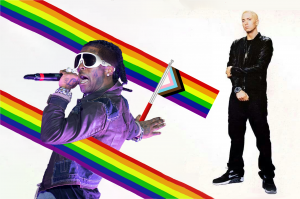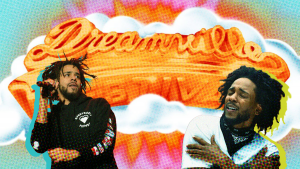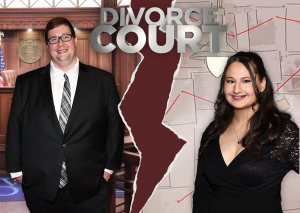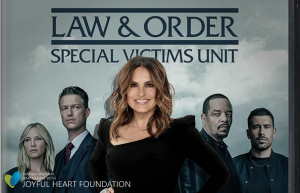It’s been a busy year for Marvel with the releases of “Guardians of the Galaxy Vol. 2,” “Spiderman: Homecoming” and now “Thor: Ragnarok.” As the third installment in the Thor franchise, “Ragnarok” is included in Marvel’s Phase 3, better known as the series of films leading up to “Avengers: Infinity War.”
Having seen every Marvel film through each of the three phases, I’m confident “Ragnarok” shines the brightest. The film takes on an ‘80s vibe, a current pop culture trend (I see you, “Stranger Things”). With its use of neon lights and synth soundtrack, viewers easily escape into the ensuing adventure of the plot.
“Ragnarok” centers on the arrival of Hela (the Goddess of Death) to Thor’s home (Asgard) as she brings about the beginning of Ragnarok (the end of the world). Thor, played by Chris Hemsworth, partners up with Mark Ruffalo’s Hulk as the two embark on a buddy-cop journey to save Asgard.
Hela, the first female villain in a Marvel film, is played by the incomparable Cate Blanchett. She steps up to the challenge spectacularly, proving she is no match for Thor as she easily destroys his weapon of choice (the hammer Mjolnir) early on in the film (no spoilers – this is in the trailer).
The film features another first for the Marvel Cinematic Universe in the form of a new character. Tessa Thompson’s Valkyrie, the first bisexual character in a Marvel film, does well not to serve as a love interest. Rather, Valkyrie is an essential component in taking on Hela as she deals with the demons of her past.
Another new character has Jeff Goldblum playing the most Jeff Goldblum character of his career: The Grandmaster. He serves a pivotal role in creating conflict by pitting Hulk and Thor up against one another. Some recurring characters of the MCU also make an appearance in “Ragnarok.” Tom Hiddleston’s fan-favorite Loki, the God of Mischief, enjoys stirring up some trouble in this movie. Anthony Hopkins also makes a brief return as Odin, the father of Thor and Loki.
However, it isn’t just the all-star cast making this movie stand out. “Ragnarok” achieves what the other two Thor films failed to do: it takes us on an intergalactic journey without taking itself too seriously. In this chapter of the story, Hemsworth utilizes elements of humor, both physical and verbal, to bring Thor to life. No longer is he the vain, brooding and cocky protagonist of the first film. Now, Thor isn’t afraid to crack a joke at the expense of himself. All of this lends to a Thor that, despite being a Norse god, is more human and relatable than previously seen in his other films.
The character rebuild of Thor can be credited to director Taika Waititi (also known for “What We Do in the Shadows”), who lends his brand of simple humor to “Ragnarok.” This is the first time Waititi has worked on a Marvel film, but if you haven’t seen any of his other projects take a Saturday night and enlighten yourself with his comedic writing. Waititi pushed the actors to improvise, which helped to bring out the talents of the naturally funny Hemsworth.
Waititi can also be credited with finally giving Thor, the God of Thunder, the ability to actually use thunder as a weapon. You would think that between the two previous Thor films and the two previous Avengers films, which Thor appears in, maybe he would learn to use his namesake more to wield power and defeat his enemies.
While the film has some minor flaws in plot development, they can be easily forgiven due to the pure escapism “Ragnarok” provides. Overall, the film sets up the MCU for an epic conclusion in “Avengers: Infinity War,” which is slated for a May 2018 release.
As always, make sure to stay through the credits. A true Marvel fan will know to wait for not one, but two ending credit scenes.




